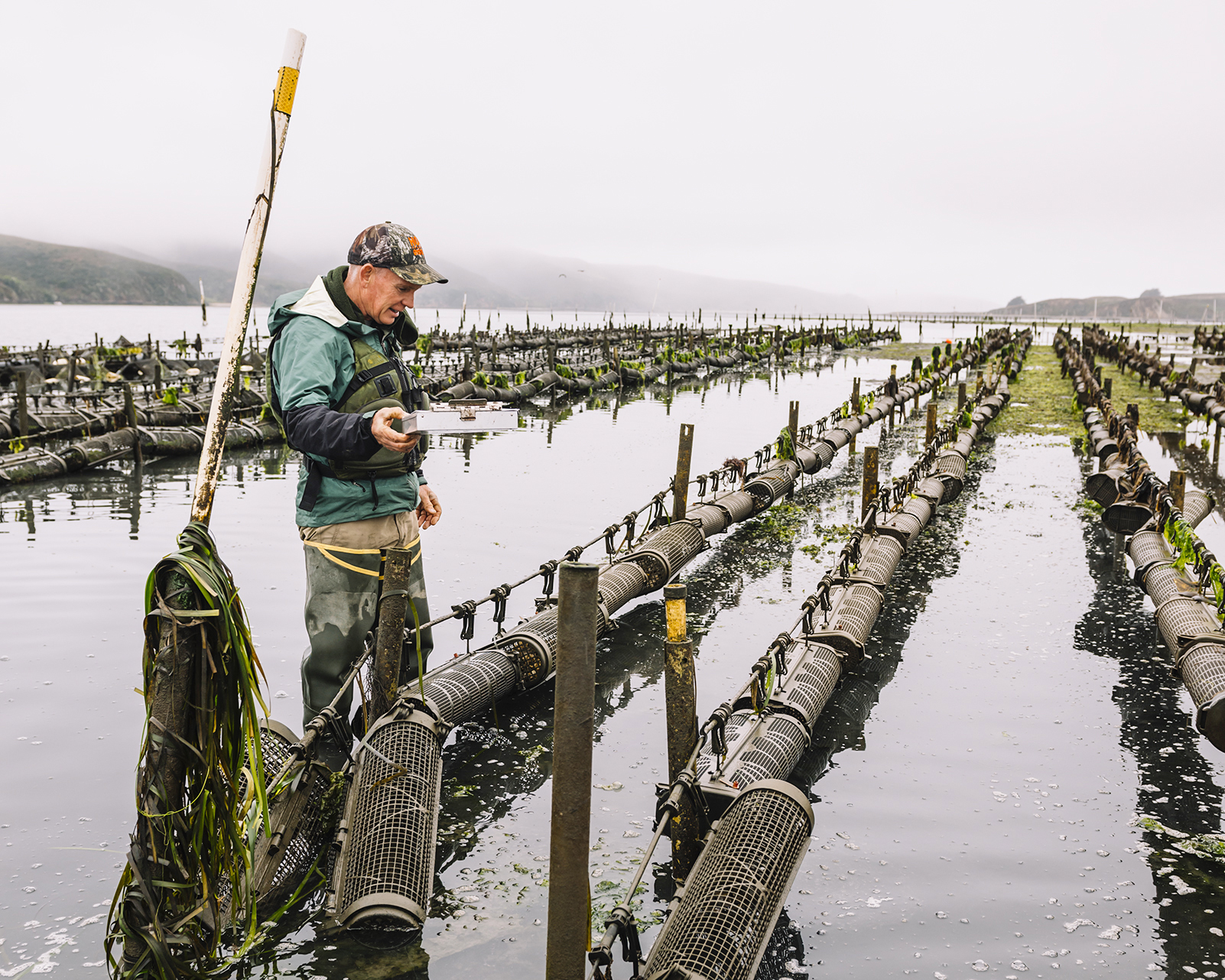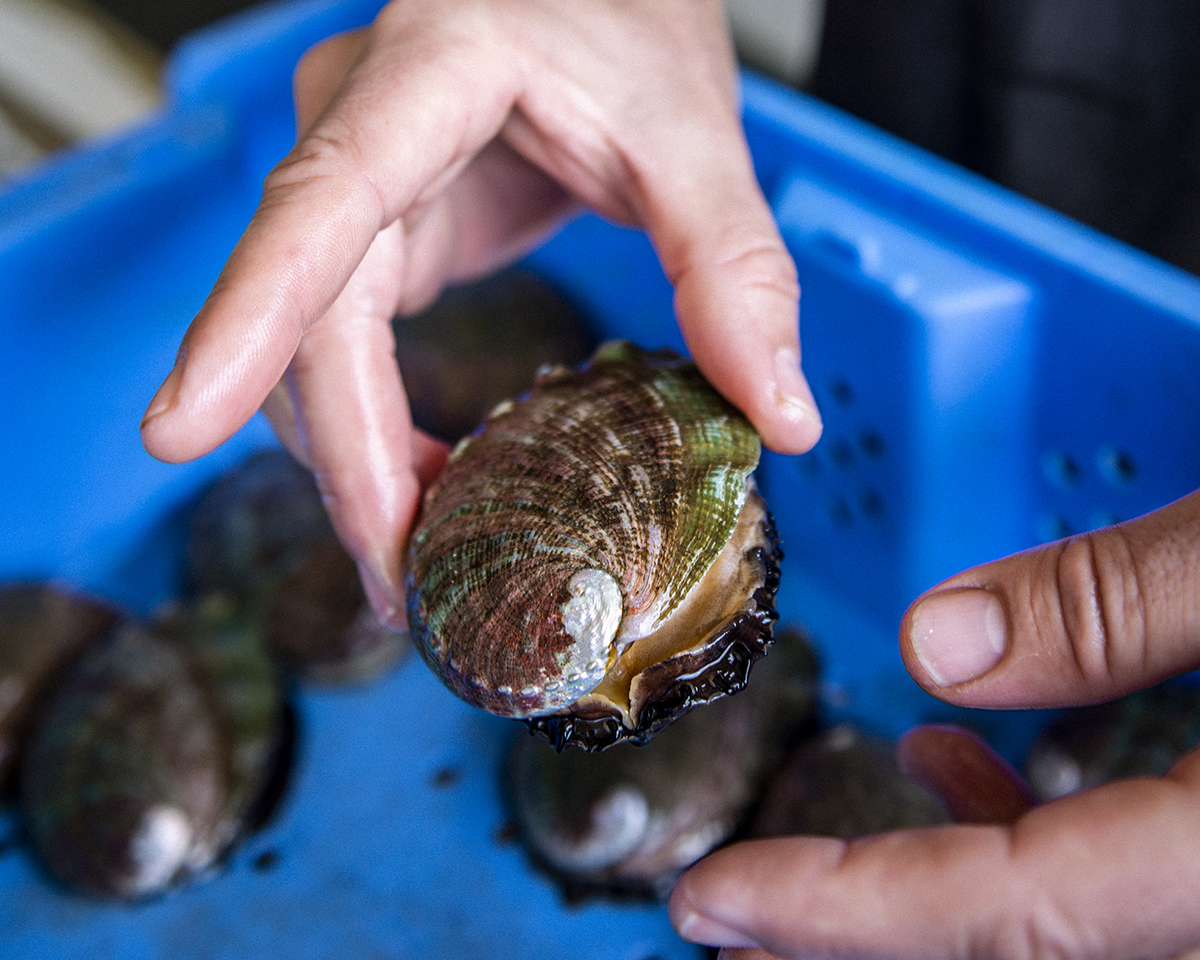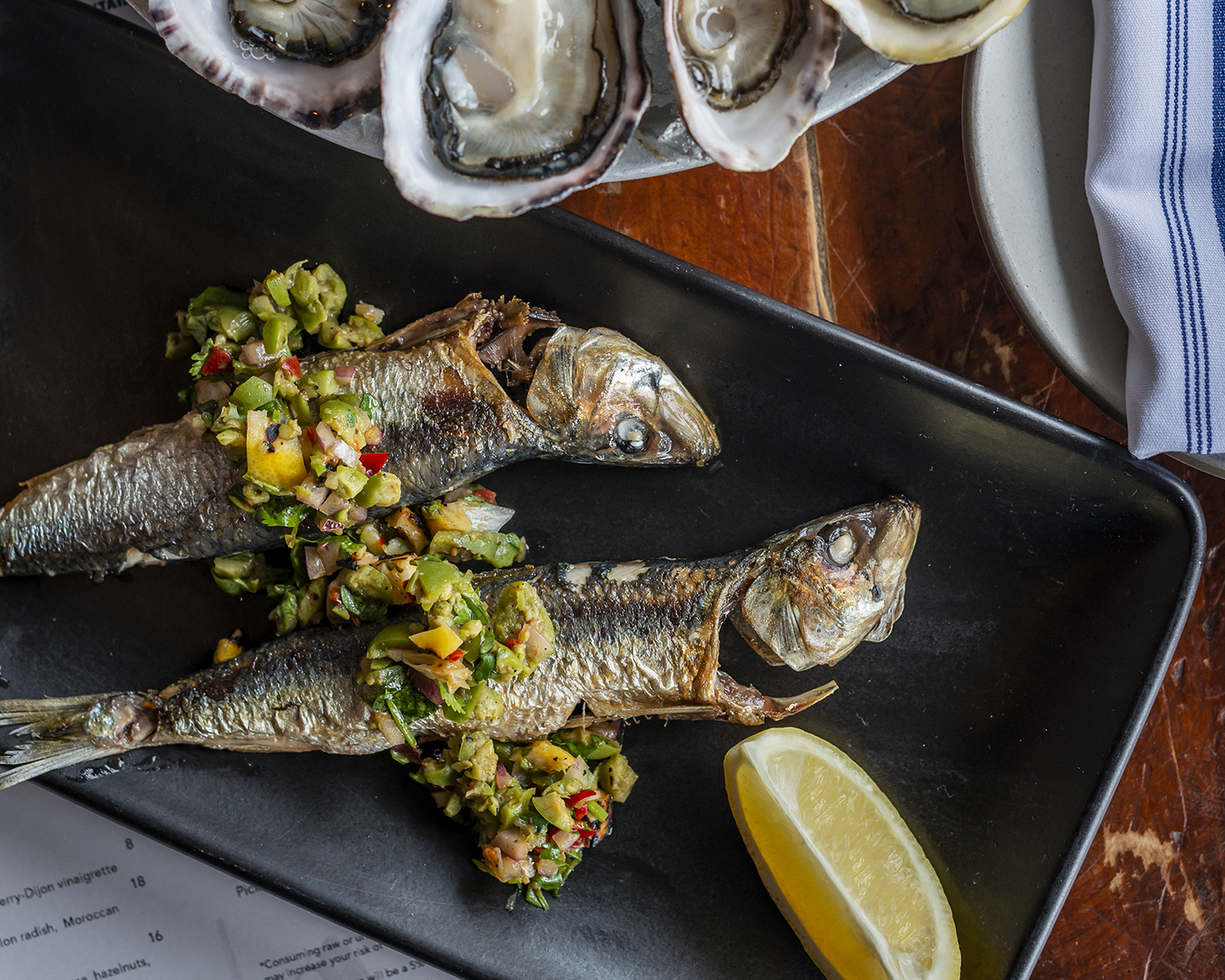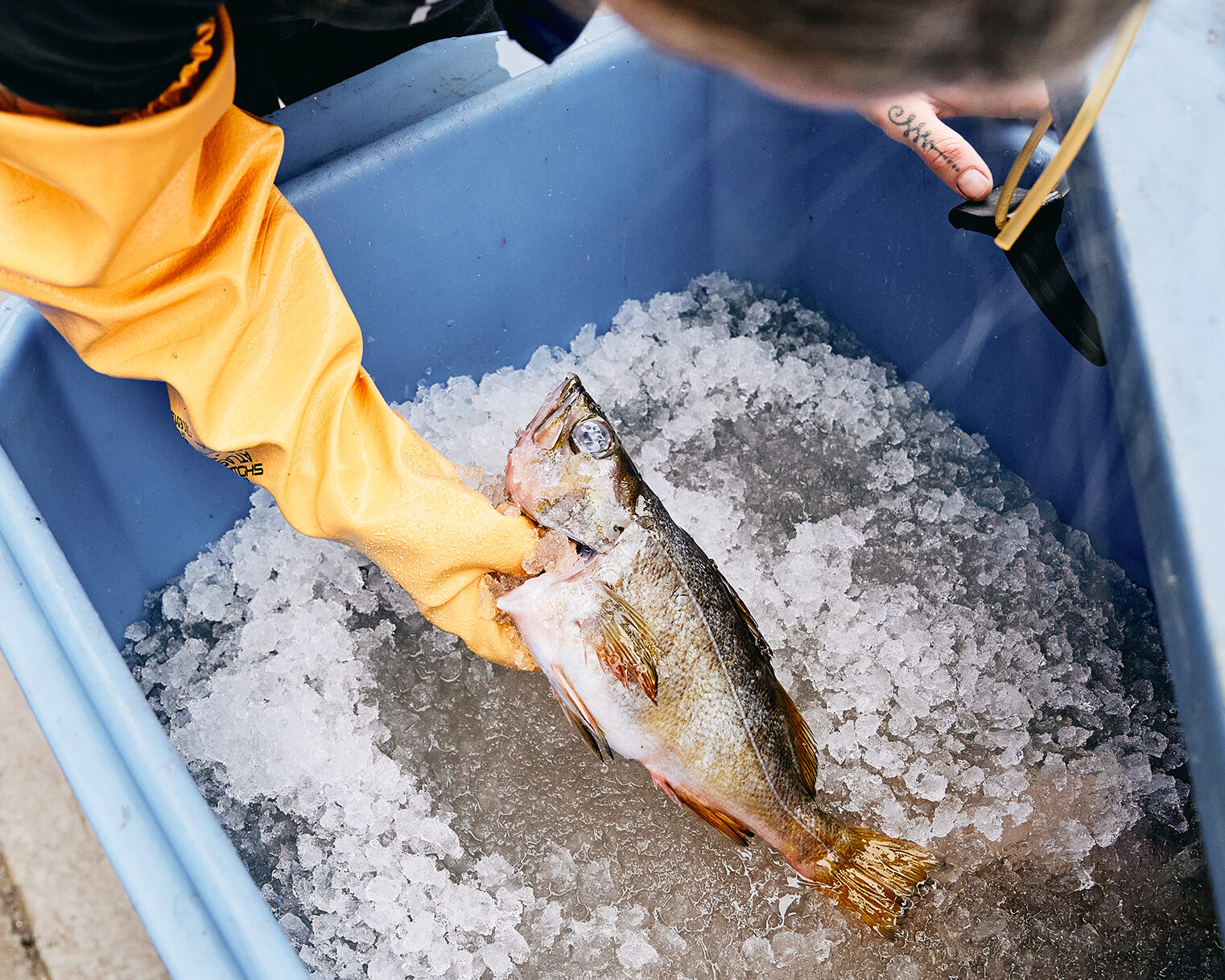When it comes to sustainably sourced seafood, we’re always working towards not only a great product, but a great process—we’re continually learning, and always striving to do better.
For us, a sourcing guide isn’t a doctrine of absolutes; instead, at Hog Island, we believe there are important questions we should always be asking, and conversations we should always be having about the seafoods we buy and support. With that in mind, here’s how we think about sourcing our seafood.
Start with good science.
We all need help with decision-making about something as complex as eating sustainable seafood. As a company founded by marine biologists, we’ve always placed a high value on scientific research to inform our farming and business decisions. When it comes to sourcing, this means keeping up with the latest scientific findings, as well as playing a leading role in marine ecology research.
Want to know how you can keep up with the latest and greatest in sustainable seafood choices? Check out the Monterey Bay Aquarium’s Seafood Watch best choices list—it’s a great place to start.


Relationships matter.
Building and maintaining authentic relationships is a core value at Hog Island. Our customers trust us to provide the best shellfish possible, and we in turn seek vendors that we can trust to maintain the same high standards we have for our oysters. Ideally, we buy responsibly sourced fish and seafood directly from farmers and fishers we know personally, and with whom we have established shared values—sometimes across generations. It’s a type of quality assurance that can only be realized face-to-face.
Mileage matters.
We try to source as locally as possible. Close to home usually means fresh and in season, and the carbon footprint of transportation is lower. The majority of our wild seafood comes from the abundance of the West Coast, with much of it sustainably caught within one hundred miles of the Bay Area. We also keep space on our menus for some wonderful products from further afield: fish from Alaska and oysters from great shellfish farms on the East Coast, for example. But we don’t really source from beyond North America. Not that there aren’t great products in other regions of the world—we just prefer to celebrate the diversity and abundance of seafood available here.


Small is beautiful.
Our success is built on the ecological, nutritional, and culinary value of some very small ocean animals. As it turns out, the science around sustainable seafood and ocean food systems points in the same direction. Animals that eat low on the food chain (like shellfish, anchovies, sardines, and mackerel) represent the very best sustainable seafood choices—all highly nutritious with the potential to feed billions of people sustainably. Of course, we still love those bigger, meaty fish, but they should be treated as something special, not as a bulk commodity. Perched near the top of the oceanic food chain, and often heavily overfished, favorites like sustainable wild salmon and tuna are something special, so we’re using them more thoughtfully, serving up more of the fish than just a couple of thick filets.
Why we’re team flash frozen.
A lot of the seafood we source is flash frozen—either immediately on the boat when it’s caught, or by us in our blast chiller. What’s flash freezing? It’s a method of quickly freezing seafood to very cold temp as soon as it’s caught. (Don’t worry, it’s a whole different ball game than the frozen fish sticks of our youth). Flash freezing seafood at the peak of freshness preserves the seafood’s texture, taste, and the highest level of nutrients. It’s also a sustainable way to eat seafood—cutting down on food waste in our Oyster Bars and lowering transport costs. Flash Frozen seafood is often the best way for many of us to get our hands on “fresh seafood”, especially since most of the seafood found in your local grocery store has been previously frozen and defrosted for sale. (yep, even if it’s marketed as “fresh”).
